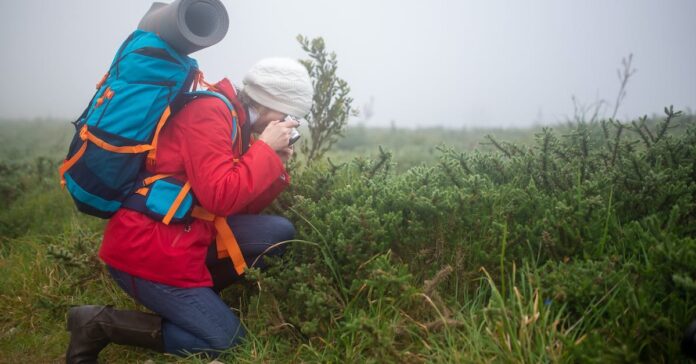Photography is a wonderful hobby that anyone can enjoy. You have to know what you are doing and put some practice in, though. This article has some excellent tips on taking wonderful photos.
Play with the aperture settings. Take a number of photos of the same subject with different settings to see how it affects the look of the final photo. Bigger f-stops allow you to get an entire landscape in focus, while a smaller f-stop will draw attention only to the center of your frame.
Many people think that sunny days are great for photos, when in fact, direct sunlight can ruin any photograph. Photos that are taken in the sun will usually result in squinted eyes, odd shadowing, and even lens flares. Outdoor shooting is always done best in early mornings or later evenings.
When showing off your photographs, make sure to keep your less than perfect pictures at home. You do not want people to see your sub-par work; you only want them to see your best work. Delete any pictures on your camera that you do not want anyone else to see.
It’s best to use a blurred background when taking portrait shots. Having a sharply focused background can detract from your subject matter, making it difficult for any viewers of your photo to focus the way you intend them to. This is most easily accomplished by moving your subject further away from the backdrop.
There is no special formula that automatically produces a skilled photographer. Practice and learn from your mistakes. Digital cameras give you the ease of not having to develop or keep all your photographs. You will become better as you take pictures of everything you see and judge them later to see where you could have taken a better picture.
When learning photography, at some point you will need to have some kind of professional instruction. Self-teaching can only get you so far. If you are not taking a class on photography, try getting involved in the photography community. Talk to and ask professionals for advice; after all there are no better teachers in the field than actual photographers.
Make sure your photographs possess three very vital attributes. A balanced landscape picture should have a foreground, midground and background. These elements are a fundamental concept of photography, as well as many other art forms.
Despite common thinking, white is a terrible color to wear for a photography session. Many cameras will auto-focus so that it can get a “reading” of every nuance and shade in the photograph’s range. White clothes will often end up looking like a blank space.
To experiment with photography, be sure to play around with shutter speeds. A slower speed means the shutter is open longer and can capture motion. Photos of a waterfall with a slow shutter speed would make the water look like one continuous motion. Faster shutter speeds capture action and are frequently used in sports photography. A photo of a waterfall in this example would show every drop of water clearly.
Figure out different ways to adjust your shutter speeds. Many photographers, especially those using a camera’s auto settings, use the fastest shutter speed for the available light to freeze all moving action in the picture, but slower speeds such a 1/30 can create interesting effects. Look at the cyclist riding past! The result will be that the cyclist is sharp and clear, while the background is horizontally streaked, creating a speeding effect.
Try to use a shutter release when capturing a landscape shot. This will make is possible for you to get those difficult shots without the chance of wobbling your camera when you have to hit your shutter button. If you cannot afford to get one, use the timer feature that is built into your camera.
Use the natural light that shines through a window to light your photos. This light is soft and diffused after it passes through the window pane and will create a beautiful light on your subject. Place your subject directly in the light of the window and you will be quite pleased with the results.
When it’s time to print your photographs from a digital camera, always choose papers made specifically for photographic images. Plain papers are uncoated and diffuse the ink, while inkjet photo papers have a sturdy base and are coated with ink-absorbing surfaces. Try a matte paper for an elegant, artistic finish.
Photography does actually require effort on your part and some research in order to achieve optimized results. Some of the information you just learned will help you shoot a better photo today, while other parts will need some practice. Photography should be fun, so make it a point not to forget that. With these tips as your foundation, you will find that you’re on the way to becoming a successful photographer.

